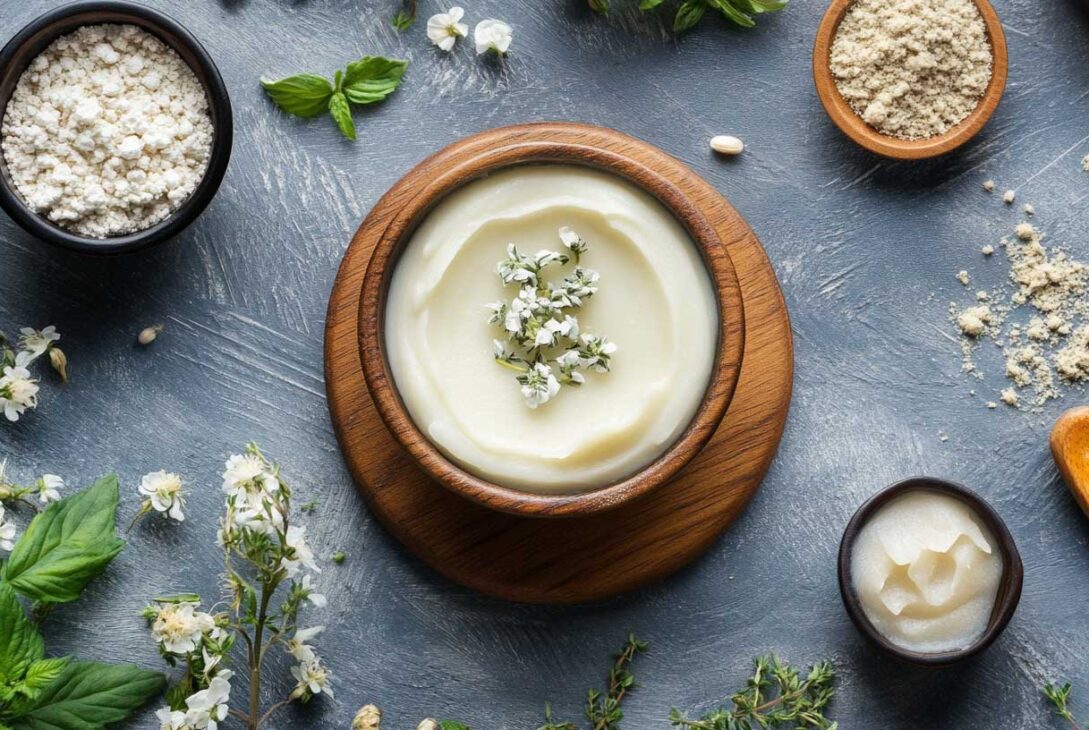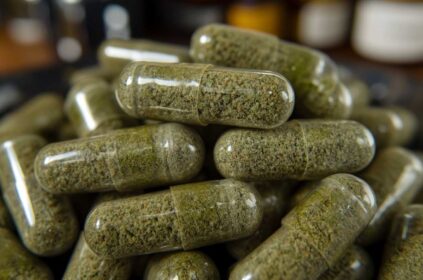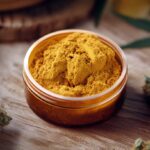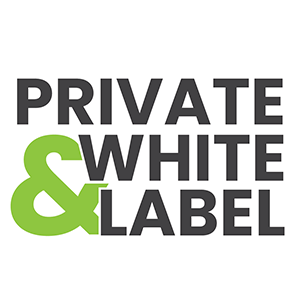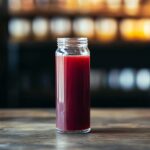As the popularity of hemp-derived products, especially CBD, continues to surge across the United States, understanding the intricacies of how these substances are absorbed by the body is essential. This knowledge can significantly impact the effectiveness of CBD, guiding users towards the most suitable consumption methods for their needs. This guide explores the concept of CBD bioavailability, various absorption methods, and how they differ in effectiveness.
What is CBD Bioavailability?
CBD bioavailability refers to the proportion of CBD that enters the bloodstream when a product is consumed, effectively determining its bioactive status. The percentage of CBD that successfully makes it into your system can vary significantly based on the consumption method chosen. This means knowing how to optimize CBD’s absorption can enhance your experience and benefits from the product.
Sublingual Absorption
Sublingual absorption involves placing CBD oils or tinctures under the tongue. These are absorbed through the sublingual glands and into the bloodstream, bypassing the digestive tract entirely.
How it Works
When CBD is placed under your tongue, it quickly diffuses through the mucous membranes, directly entering circulation. This method can be incredibly efficient due to minimal metabolic breakdown.
Benefits
- High Bioavailability: This method can achieve bioavailability rates ranging from 1% to 19%, with some studies citing rates as high as 35%.
- Rapid Onset: Users typically feel the effects within 20 to 30 minutes – an excellent choice if you’re seeking immediate relief.
- Efficiency: By holding the CBD under the tongue for 60 to 90 seconds, users maximize the absorption through the mouth’s mucosal tissues.
Tips for Sublingual Use
- Hold the CBD drops under your tongue for the full recommended duration.
- Avoid eating or drinking for a short time before and after dosing to enhance absorption.
- Select products that have been independently tested for quality and potency.
Oral Absorption
Oral absorption is another common method, involving the ingestion of CBD through edibles, capsules, or beverages. However, this technique isn’t as efficient due to a process known as first-pass metabolism.
How it Works
After ingestion, CBD travels through the digestive system to the liver, where it is metabolized, often reducing its potency before it reaches the bloodstream.
Drawbacks
- Low Bioavailability: Oral methods typically yield a bioavailability rate of around 5% to 20%.
- Delayed Onset: Effects may take up to two hours to manifest, which can be a drawback for those needing quicker relief.
Enhancing Oral Bioavailability
- Consuming CBD alongside fatty foods can increase absorption, as cannabinoids are fat-soluble.
Topical Absorption
Topical absorption requires applying CBD-infused creams, lotions, or balms directly to the skin. This method allows for localized treatment without entering the bloodstream in significant amounts.
How it Works
CBD penetrates the skin, interacting with cannabinoid receptors in the local tissue to provide targeted effects.
Benefits
- Targeted Relief: Extremely effective for localized conditions like joint pain or skin disorders, allowing you to use CBD without systemic effects.
- Bioavailability: While less studied specifically, it is generally effective for delivering CBD directly to affected areas.
Tips for Topical Use
- Opt for products containing high concentrations of CBD, combined with other therapeutic ingredients.
- Apply consistently to affected areas for optimal results.
Inhalation Absorption
Inhalation involves vaping or smoking CBD, allowing it to enter the bloodstream rapidly through the lungs.
How it Works
When inhaled, CBD goes straight to the alveoli in the lungs and quickly enters systemic circulation.
Benefits
- High Bioavailability: Rates can be significantly higher than oral methods, leading to more immediate effects.
- Immediate Onset: Users will often notice the effects almost instantly, making it beneficial for acute symptoms.
Considerations
- This method may not be suitable for individuals with respiratory conditions and requires quality products to avoid harmful additives.
Intravenous Absorption
Although less common, intravenous (IV) administration involves injecting CBD directly into the bloodstream, offering near-complete bioavailability.
Limitations
- Complex Procedure: This invasive method is typically reserved for clinical settings.
- Short Half-Life: Although effects are almost immediate, they often wear off faster than with other consumption methods.
Conclusion
In navigating the landscape of CBD, understanding these various absorption methods is key to maximizing potential benefits. Here’s a quick recap of the methods and their unique qualities:
- Sublingual Absorption: Best for immediate relief and high bioavailability.
- Oral Absorption: Convenient but less effective; can be enhanced with fat.
- Topical Absorption: Great for localized treatments without systemic effects.
- Inhalation Absorption: Offers fast relief but may not suit everyone; quality matters.
- Intravenous Absorption: Highly effective but invasive and typically for medical settings only.
Additional Tips
- Always opt for high-quality, reputable CBD products that are lab-tested.
- Follow dosage instructions based on the method selected to ensure safety and efficacy.
- Consult healthcare professionals if you have any concerns, especially if taking other medications.
By understanding and integrating these absorption insights into your CBD consumption routine, you can harness the full range of benefits these products offer, tailoring them to fit your lifestyle and wellness goals. For continued learning, consider revisiting reputable blogs or resources as the field around CBD continues to evolve.

